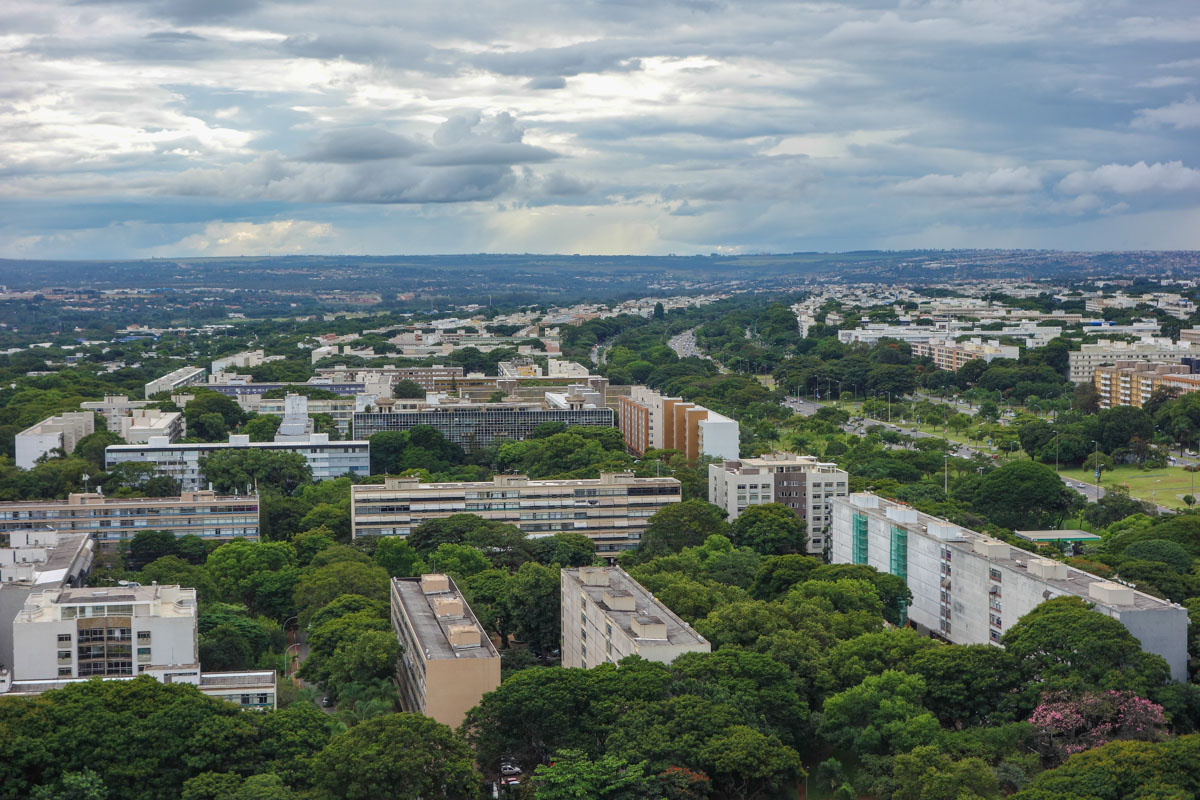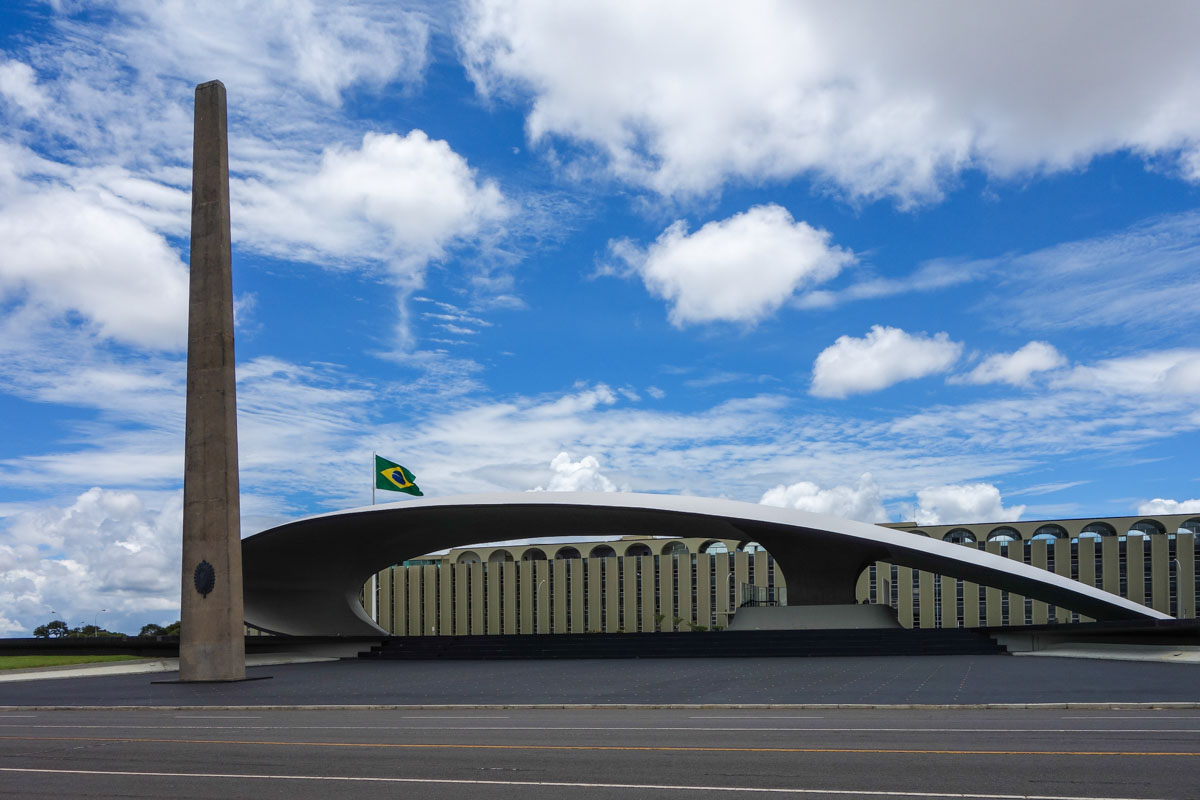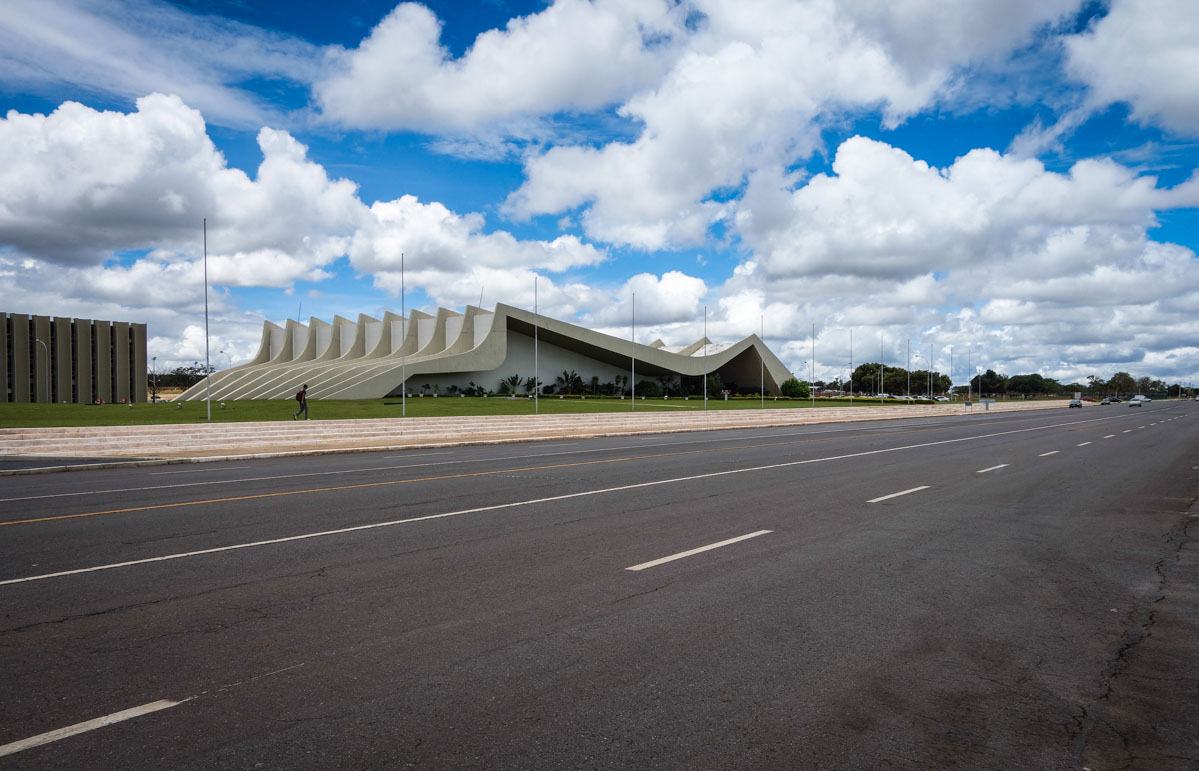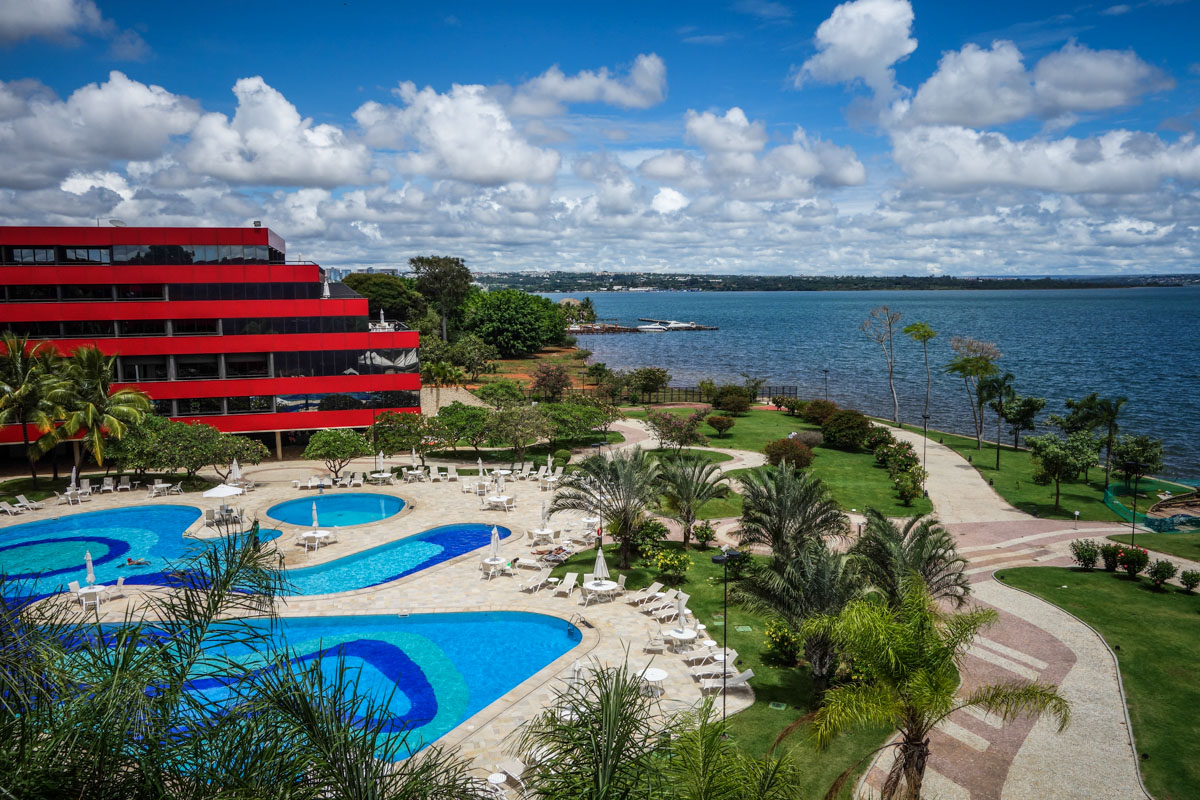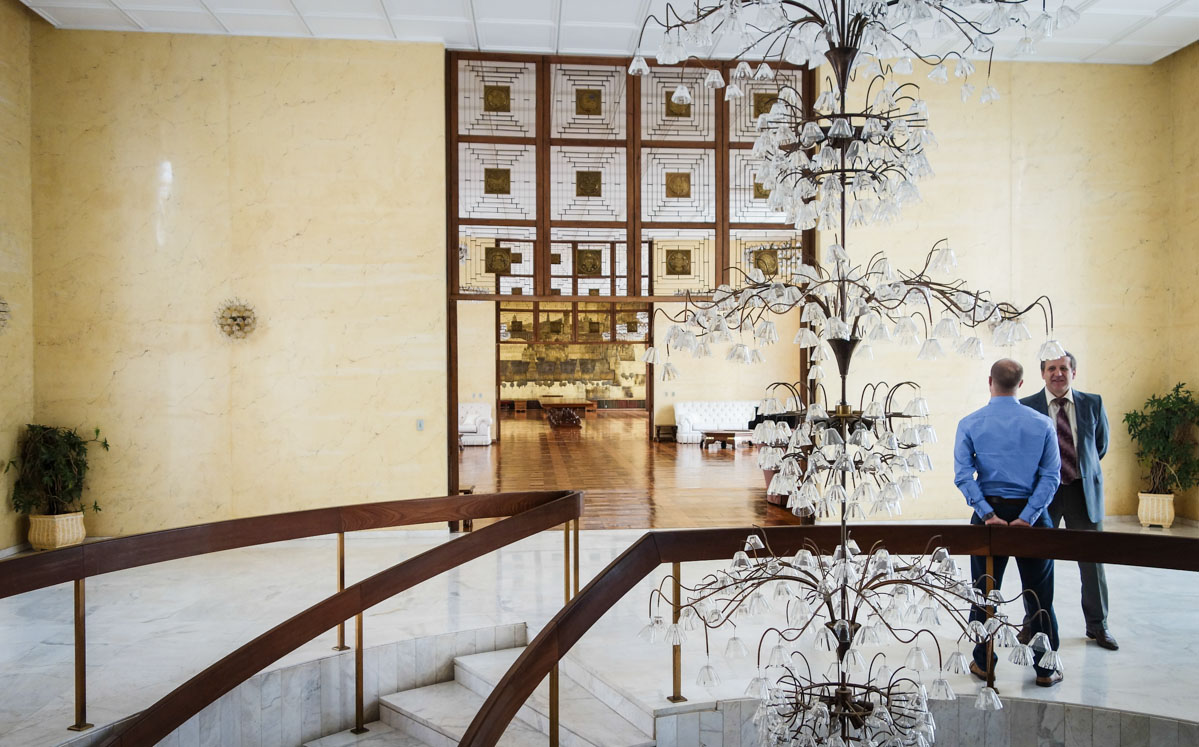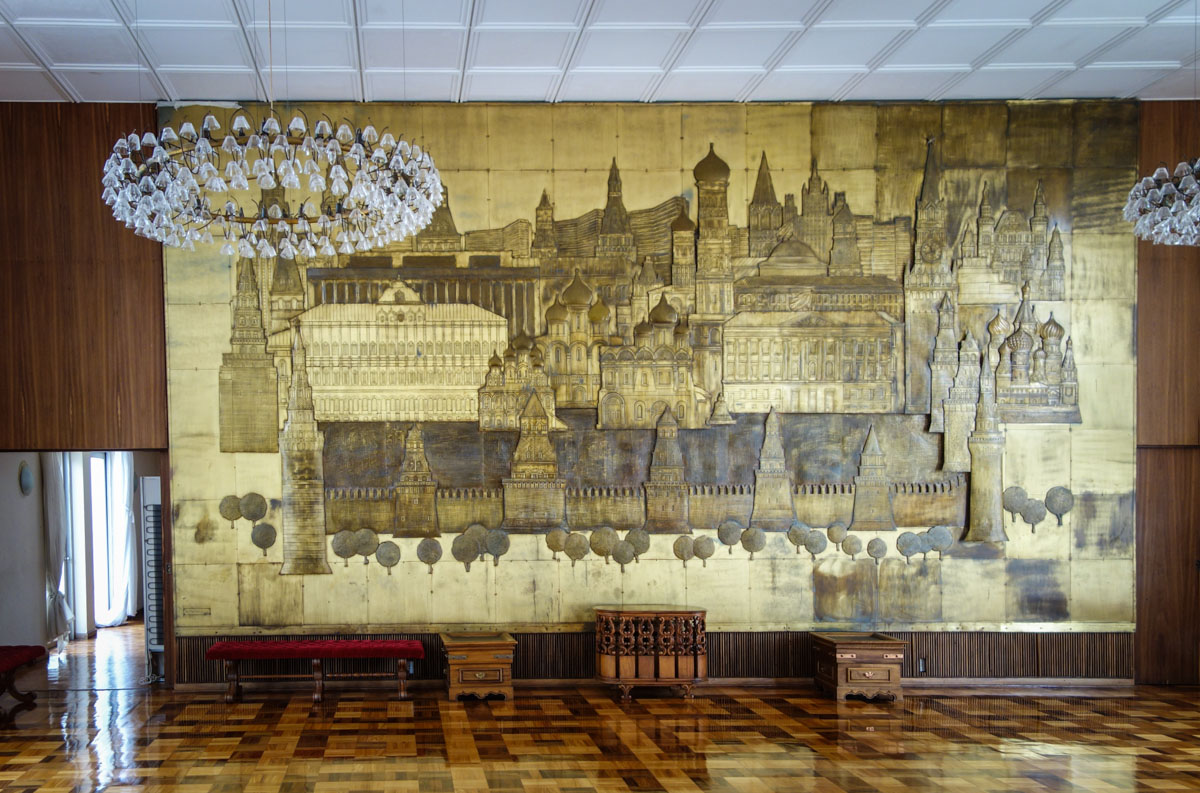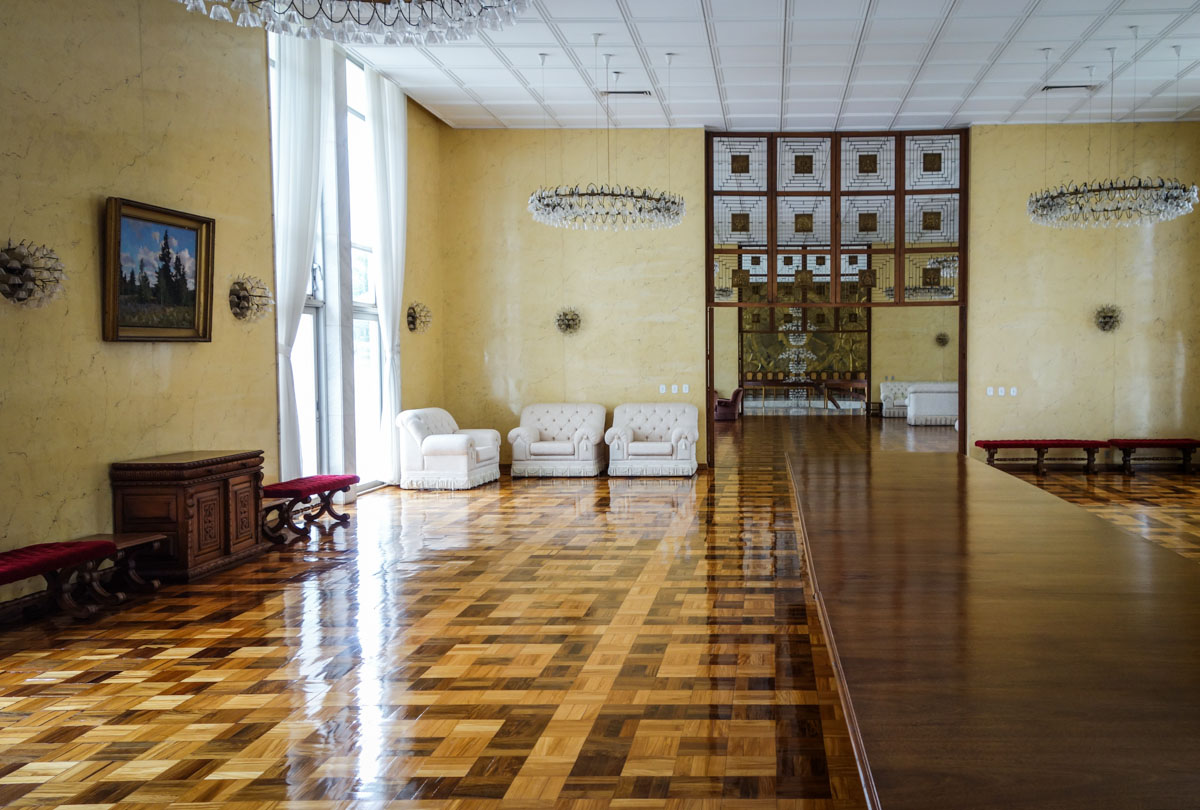February 24, 2014
Brasília: capital city, minus the traffic jams.
Olá folks!
As you’ll have gathered from the title, I’m writing this in the capital of Brazil – the South American upcoming powerhouse with a burgeoning economy. It’s a city of 2.6 million, but there’s no traffic congestion here. You find this with some capitals of large countries, just not often. But here’s a +1 of such capitals visited for me – Brasília, the capital of the republic of soccer, Cachaça, Samba and carnivals…
Of course, there are the odd sightings of a few queued cars, like at traffic lights, but overall things keep moving – during the day a little slower, by night and at weekends much quicker. Which is more than I can say for most capitals.
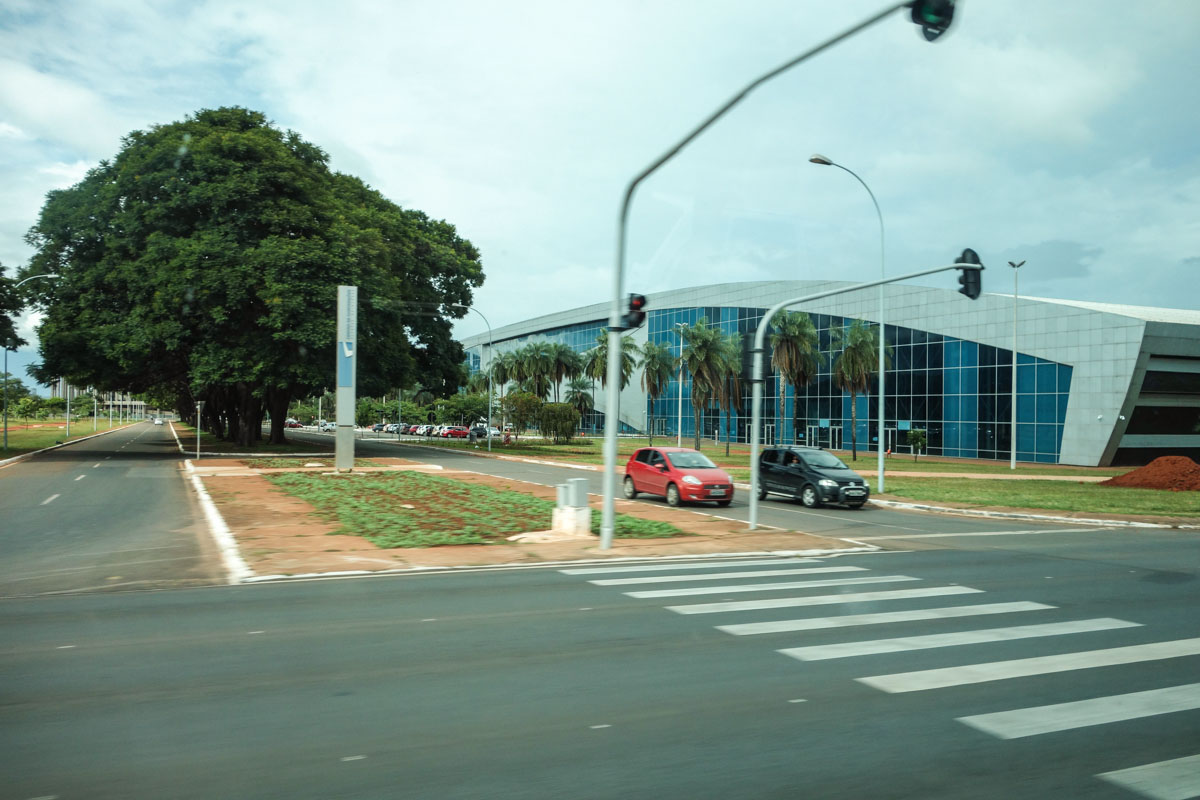 Why pedestrians should always wait for the green man perfectly illustrated
Why pedestrians should always wait for the green man perfectly illustrated
So what happened? How come this capital is so relatively lifeless and quiet on the roads? Well, in 1960 the then-president decided to move the capital from the densely populated Rio de Janeiro (today’s population: 12 million) to the more regionally and politically-neutral central region of the country – Brazil’s Siberia, as it were. And here a brand new city was built up from scratch, and christened Brasília.
Since the city was built from nothing on a greenfield site, it was well planned in terms of a logical and convenient city layout. From up in the air it curiously resembles an airplane’s fuselage and wings. On the ground it’s all reeaallly wide roads, complex junctions, lots of busses toing and froing (another reason there are few traffic jams?:), and lots of large lawns and boulevards. Unlike in most capitals, densely packed buildings economizing on space are practically nowhere to be seen. What’s really nice is cars don’t bother the pedestrians, even though there are plenty on the roads – cars that is :). During office hours downtown is all parked up tightly – but correctly – with no sidewalk encroachments… (here I go again) like you often get in other capitals.
One last bit of (+): There’s a beautiful lake, and its surrounding landscape is most pleasing to the eye.
Now for some (-): As I’ve mentioned, the city was planned well; however, it was built up in the sixties and seventies – with all the accompanying… chic architectural fashions. Concrete boxes – check; squares and oblongs – check; bizarre experimental architecture ideas generally consigned to the bin of history – check; much dismalness – check; primitive, almost Eastern Bloc-esque designs – check. However, as also mentioned, there are plenty of nice sprawling lawns all around, which kinda make up for things.
And another thing. There’s no Internet here! I mean really no. Even for big bucks. On paper it’s there, i.e., you sure can pay for it, but then it doesn’t work! The locals seem to just put up with it. EH?
Ah yes… Also, in the “five-star” Royal Tulip hotel I had no hot water! Fortunately I’m Russian, so it wasn’t the end of the world. (For those who don’t know, traditionally in Russia the hot water is turned off in every building for up to a month some time in summer every year. It’s because the hot water gets heated centrally at one big installation, and it goes through the pipes underground hot!) And I’ve also been known to take a dip in the Katun at eight degrees Celsius (46 degrees Fahrenheit). But nevertheless… in a 5* hotel in a capital city? That’s a first :).
Then of course there’s Brazilian crime. Oh boy. The capital has its fair share of poor districts with the inevitable accompanying misdemeanors and felonies. You hear some awful stories about tourists getting their cameras snatched in the middle of the day, and there’s a macabrely high murder rate and far too much criminality among children. All rather disturbing…
So that’s the negative bits out of the way…
Back to some more positive:
The Russian embassy is really something, all imperial glory and magnificence. Inside. From the outside it looks ok, but inside it’s the bomb. Especially splendid is its huge main hall: pultrichudinous parquet, much marble, and on the walls no less than Tsereteli. Tsharming :).
The only problem with this grandiose graciousness is that it was all built around 40 years ago, and… well, it shows. It’s getting a bit shabby, to say the least. For example, the parquet is worn and getting a bit skewed and uneven. Then there are the chandeliers… so 1970s. But they say there’s simply no budget available for a good refurb.
What else? While in São-Paulo airport en route to Brasília we were surprised to learn about some of the airlines that now fly directly to Brazil, which include Air China and Korean Air. (The Japanese used to, but they stopped flights in 2008 due to the world financial crisis.) Yep, that means that it’s again now possible to fly from Asia to Latin America without a connection in the USA or Mexico. Hurray! Why so pleased? Because most airports in the USA plus the aeropuertos of the Mexican capital are a nightmare due to the inescapable hours you need to wait at passport control. No thank you.
A curious inclusion up on the tableau was Ethiopian Airlines. They fly to Brazil! Bravo! So now you can fly to the country via Addis Ababa. Will have to try that next time… stay a few nights, check out the city… Mini-mission. Like.
Finally, back on the topic of capitals with no traffic jams, I just have to mention the similarities with Canberra and Tokyo. The former, just like Brasília, was a planned city built up from scratch to come between the country’s two then-main cities vying for pole position (Sydney and Melbourne). It’s also built on flat land, is relatively small, and also has practically nothing to offer of much interest besides government buildings. And lots of empty roads.
Tokyo also has very few vehicles on the roads, but for different reasons: First, parking in the city was made payable a long time ago; second, they built an awesome subway – the world’s busiest.
All the photos from our Brazilian trip are here.
Tchau folks!

